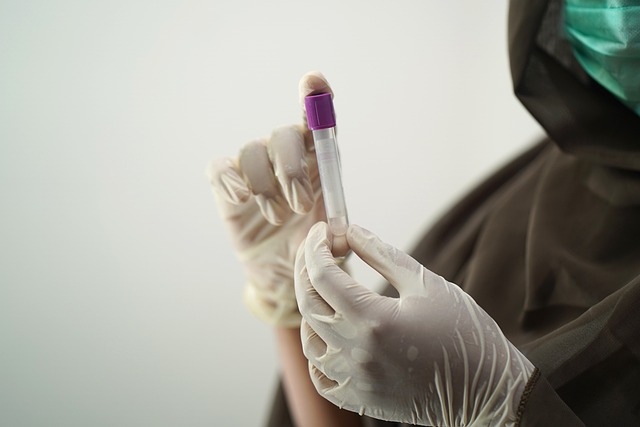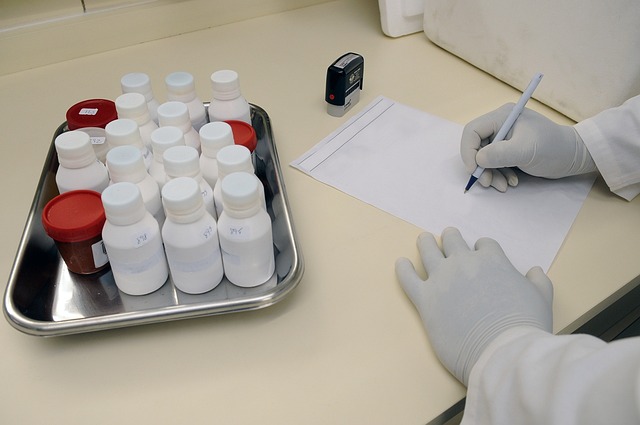The field of diagnostics is experiencing a profound transformation, fueled by the convergence of technological and health innovations. Among these advancements, diagnostic data visualization stands out as a pivotal element that is reshaping how healthcare providers interpret patient information and make critical decisions.
Technological innovations have dramatically changed the landscape of diagnostics. With the advent of sophisticated algorithms and machine learning, healthcare professionals can analyze vast amounts of data with unparalleled speed and accuracy. These innovations enable the creation of intuitive dashboards, which present diagnostic information in visually compelling ways. Physicians no longer sift through endless spreadsheets or raw data; instead, they can rely on dynamic visualizations that highlight significant patterns and trends at a glance. This shift not only speeds up the diagnostic process but also enhances comprehension, leading to better patient outcomes.
Health innovations also play a crucial role in this revolution. For instance, wearable devices and mobile health applications collect continuous data on patients’ vital signs, facilitating real-time monitoring. This influx of data can be overwhelming without effective visualization tools. By transforming complex datasets into accessible visuals, healthcare providers can track changes in patient conditions, identify early warning signs, and tailor interventions more effectively. The result is a more proactive approach to healthcare that empowers both clinicians and patients.
The integration of these innovations into the healthcare ecosystem fosters collaboration among healthcare professionals. With more effective diagnostic data visualization, specialists can share insights and findings in a format that is easy to understand. This collaboration ensures that the right decisions are made swiftly, minimizing the risk of errors and enhancing patient care. As visual data storytelling becomes the norm, everyone from nurses to specialists can engage in meaningful conversations about diagnosis and treatment.
Moreover, the emotional aspect of diagnostic data visualization cannot be overlooked. For patients and their families, understanding medical information can often be daunting. Visual tools, such as graphs, charts, and interactive visuals, can demystify complex data, making it relatable and less intimidating. When patients can visualize their health status and treatment progress, it fosters a sense of agency and involvement in their own care. Visualization bridges the gap between medical jargon and patient understanding, fostering dialogue and informed decision-making.
The future of diagnostics will undoubtedly be shaped by the interplay of technology and health innovations. As we continue to refine diagnostic data visualization tools, we are not just enhancing the efficiency of healthcare delivery; we are also prioritizing patient-centered care. This approach not only revolutionizes how we diagnose diseases but also nurtures an environment where collaboration, understanding, and compassion thrive.




